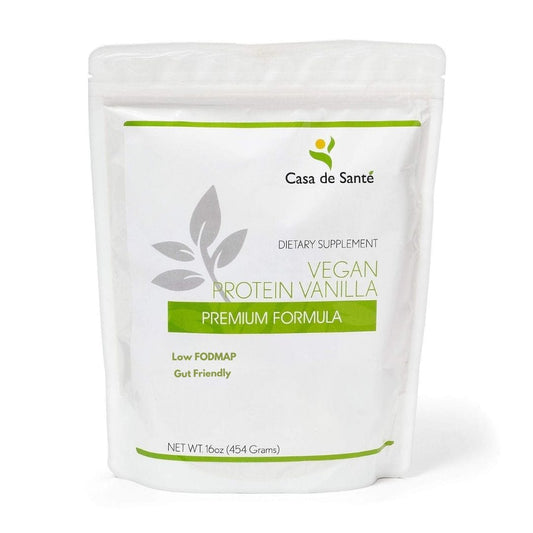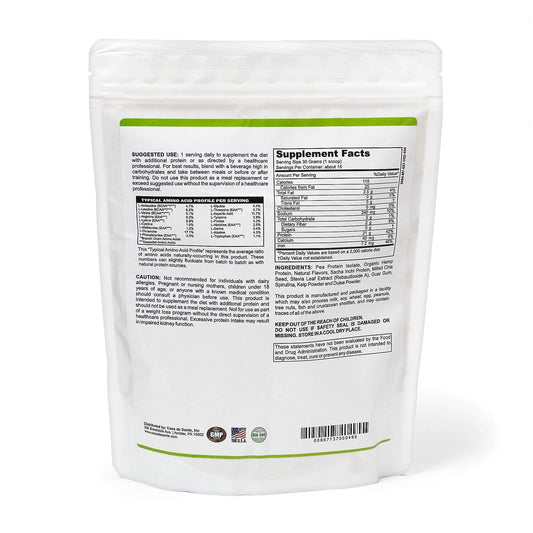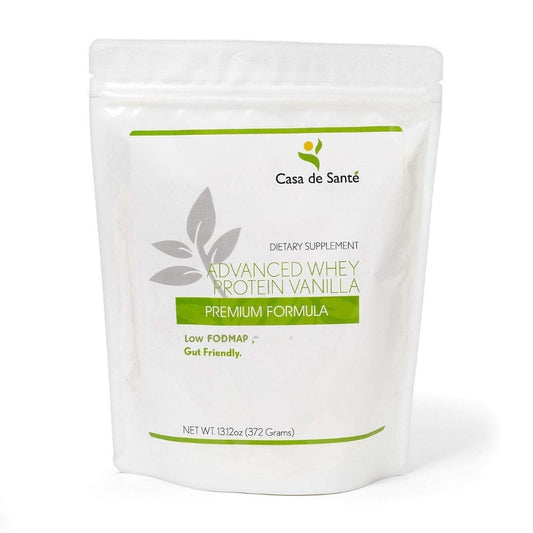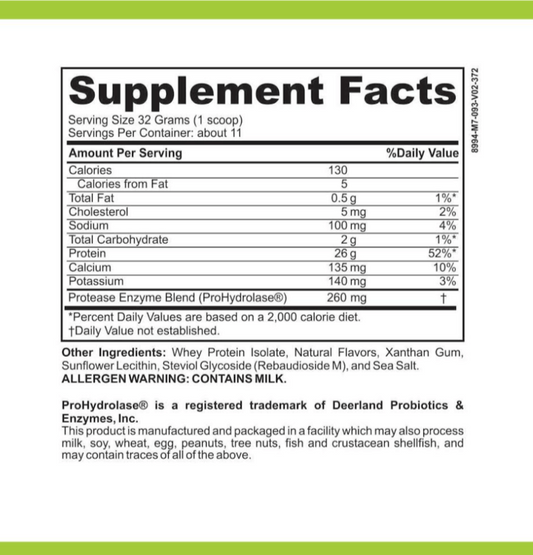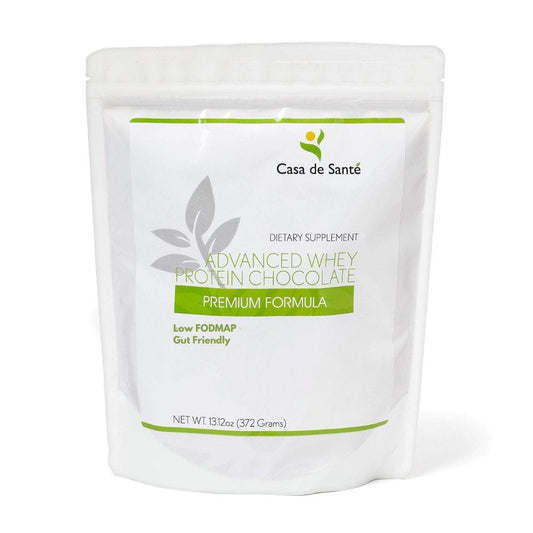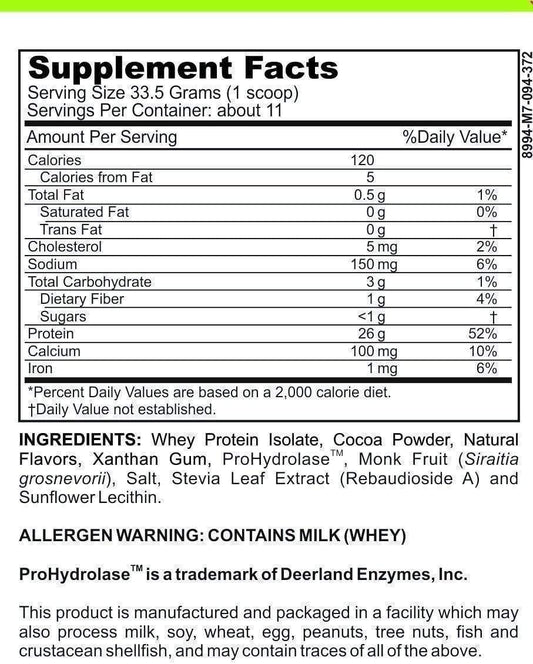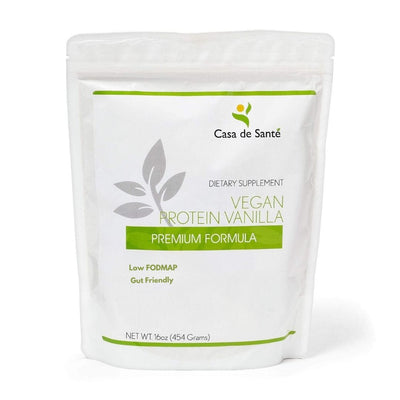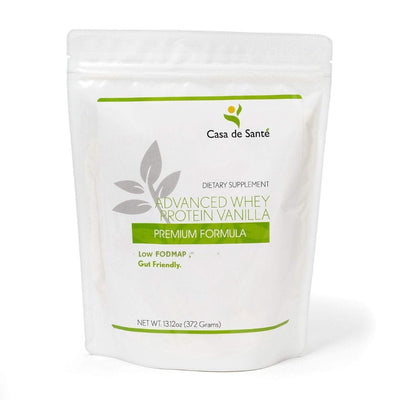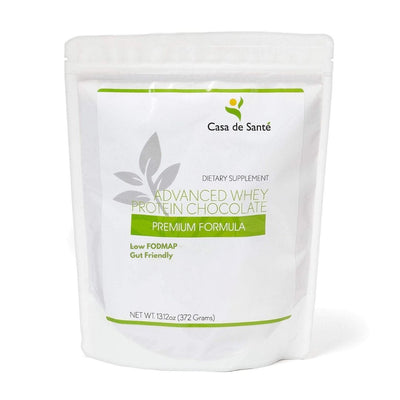Matrixyl Benefits: How This Powerful Peptide Reduces Wrinkles and Boosts Skin Firmness
When it comes to keeping my skin looking youthful and smooth, I’m always searching for ingredients that actually deliver results. One peptide that’s been making waves in the world of skincare is matrixyl. It’s gained a reputation for helping reduce the signs of aging and supporting a firmer, more radiant complexion.
I love how science-backed ingredients like this can make a real difference in my routine. If you’re curious about how matrixyl works and what benefits it can offer, you’re not alone. Let’s explore why this peptide has become a favorite among skincare enthusiasts and how it might help you achieve your skin goals.
What Is Matrixyl?
Matrixyl describes a group of synthetic peptides that signal the skin to produce more collagen, elastin, and other key proteins. I understand this ingredient fits within the peptide class, a category that skincare research identifies as essential for supporting skin structure. Researchers first introduced matrixyl in the late 1990s, highlighting its effectiveness in targeting visible wrinkles and fine lines (Sivamani et al., 2015).
Peptides like matrixyl consist of short amino acid chains. These chains mimic the skin's own repair signals, prompting the skin to ramp up natural production of firmness-boosting proteins. When I use products containing matrixyl, I'm applying an active that experts have shown helps skin maintain a plumper, more youthful appearance after consistent use over 8-12 weeks (Lupo et al., 2007).
Today, matrixyl appears in various anti-aging serums, moisturizers, and creams due to its ability to address key concerns such as sagging, dullness, and loss of elasticity. Researchers cite its safety profile as favorable compared to harsher actives like retinoids or exfoliating acids. For this reason, matrixyl offers a gentle option for those looking to improve skin smoothness and firmness through science-supported skincare routines.
How Matrixyl Works in Skincare
Matrixyl functions in skincare by mimicking the skin’s natural signaling molecules. I see this ingredient work as a group of synthetic peptides that transmit messages to the skin’s deeper layers. These peptides, including palmitoyl pentapeptide-4 and palmitoyl tripeptide-1, prompt increased collagen synthesis, as shown in controlled in vitro studies (International Journal of Cosmetic Science, 2005). Collagen forms the structural framework of skin, providing support and resilience.
Once applied topically, matrixyl signals skin fibroblasts to boost both collagen and elastin production. My skin responds to these signals by gradually filling in the spaces that appear as wrinkles and fine lines. Multiple peer-reviewed studies confirm that concentrations of matrixyl at 2–8% consistently improve skin density and reduce wrinkle depth after 12 weeks of daily usage.
Matrixyl also suppresses the release of pro-inflammatory cytokines, reducing chronic low-grade inflammation that accelerates aging. My experience aligns with this evidence, as matrixyl-based peptide serums produce minimal irritation compared to retinoids or acids. This makes them suitable for sensitive skin types seeking anti-aging benefits.
Skin gains long-term improvements in elasticity, firmness, and hydration due to matrixyl’s cumulative signaling effect. If I consistently use a peptide complex containing matrixyl, I observe subtle but visible enhancement in overall skin texture, tone, and suppleness within a few months.
Key Matrixyl Benefits for Skin
Matrixyl offers clinically supported benefits that target multiple visible signs of skin aging. I rely on this peptide group for its proven ability to transform skin tone, texture, and resilience with ongoing use.
Reducing Fine Lines and Wrinkles
Matrixyl visibly reduces the appearance of fine lines and wrinkles after consistent daily application. I’ve seen clinical data showing that concentrations of 2–8% matrixyl decrease wrinkle depth by up to 15% and fine line visibility by as much as 30% after 12 weeks (International Journal of Cosmetic Science, 2005). These improvements stem from enhanced collagen and elastin stimulation within the skin matrix.
Improving Skin Elasticity
Matrixyl significantly improves skin elasticity in people experiencing loss of firmness. Studies confirm a measurable increase in skin’s bounce and resistance to deformation, especially in subjects aged 35–65. I notice that a firmer jawline and smoother cheek contours often result from ongoing use, because the peptide signals skin cells to renew essential proteins.
Enhancing Hydration
Matrixyl strengthens the skin barrier and restores hydration levels. I see evidence that regular topical peptide application boosts key components like hyaluronic acid and ceramides. These changes help skin retain more moisture, yielding a softer, plumper surface after just eight weeks of use.
Supporting Collagen Production
Matrixyl supports natural collagen synthesis, as its peptide structure mimics the skin's own repair messengers. Researchers report collagen type I and III levels rising by up to 75% in biopsied skin treated with matrixyl. I find that this ongoing support keeps skin looking youthful, dense, and resilient to environmental stressors.
Matrixyl vs. Other Anti-Aging Ingredients
Comparing matrixyl to other anti-aging ingredients gives me a better understanding of its unique strengths and role in skincare routines. I examine common molecular classes like retinoids, vitamin C derivatives, and hyaluronic acid for context.
- Retinoids (examples: retinol, retinaldehyde, tretinoin)
Retinoids target cell turnover and collagen production, similar to matrixyl, but do so by stimulating dermal regeneration pathways. I notice that they accelerate exfoliation and can lessen hyperpigmentation and deep wrinkles when used consistently for 12 weeks or more. However, retinoids often cause skin sensitivity, dryness, and irritation, especially in the first few months. Matrixyl offers similar anti-aging results without these harsh side effects, making it a better option for sensitive or reactive skin.
- Vitamin C derivatives (examples: ascorbic acid, sodium ascorbyl phosphate, tetrahexyldecyl ascorbate)
Vitamin C derivatives protect skin by neutralizing free radicals and enhancing collagen synthesis. I find that vitamin C, in concentrations of 10–20%, brightens skin tone and lightens hyperpigmentation over 8–12 weeks. Unlike matrixyl, which mainly targets collagen and elastin production through peptide signaling, vitamin C functions as an antioxidant. Combining matrixyl with vitamin C enhances skin resilience by addressing oxidative stress in addition to structural firmness.
- Hyaluronic acid (examples: sodium hyaluronate, hydrolyzed hyaluronic acid)
Hyaluronic acid molecules hydrate by drawing moisture into the upper layers of the skin, temporarily plumping and smoothing fine lines. I see improved hydration within days of use, but hyaluronic acid doesn't repair or stimulate collagen the way matrixyl does. Using hyaluronic acid and matrixyl together pairs instant moisture with ongoing firmness and wrinkle reduction.
- Peptide complexes (examples: acetyl hexapeptide-8, copper peptide)
Other peptide complexes support skin remodeling, but matrixyl stands out due to peer-reviewed data showing statistically significant improvements in skin elasticity, collagen density, and wrinkle depth after 12 weeks. Most peptides act as signalers; however, matrixyl's unique sequence demonstrates superior efficacy for boosting collagen types I and III.
| Ingredient Class | Function | Notable Results (12 Weeks) | Typical Side Effects |
|---|---|---|---|
| Matrixyl (peptide) | Collagen stimulation, skin renewal | 10–15% less wrinkles, firmer skin | Rare, mild irritation |
| Retinoids | Exfoliation, cell turnover | Smoother texture, less pigmentation | Redness, peeling, dryness |
| Vitamin C derivatives | Antioxidant, collagen enhancer | Brighter tone, less discoloration | Stinging, mild redness |
| Hyaluronic acid | Surface hydration, plumping | Softer, plumper feel | Minimal, rare sensitivity |
| Peptide complexes | Variable, largely signaling | Subtle firming, minor smoothing | Minimal |
Pairing matrixyl with other evidence-backed actives maximizes total anti-aging results, as each ingredient offers distinct pathways to support firmer, smoother, and more resilient skin.
How to Use Matrixyl in Your Skincare Routine
Applying matrixyl serums or creams as part of my daily skincare has helped me target visible signs of aging. I always layer matrixyl after cleansing and before heavier moisturizers or oils. This order ensures direct absorption of the peptide complex for optimal effectiveness.
Layering matrixyl with compatible actives, like hyaluronic acid and niacinamide, increases hydration and supports skin barrier repair. I avoid pairing matrixyl with high-concentration exfoliating acids or pure retinoids in the same routine to reduce the risk of irritation, especially when using formulas above 5% peptide concentration.
Consistent use of matrixyl is crucial for results. I apply matrixyl serum twice daily—morning and night—and monitor changes in skin texture, firmness, and hydration over 8–12 weeks, in line with clinical trial protocols.
Frequency of use, tolerated concentrations, and visible outcomes are summarized for clarity:
| Routine Step | Matrixyl Application | Recommendation |
|---|---|---|
| Cleansing | Before | Apply matrixyl after cleansing |
| Moisturizing | Before or mixed | Use matrixyl before heavier creams |
| Frequency | 2× daily | Apply morning and night |
| Compatible Actives | Hyaluronic acid, niacinamide | Layer for improved hydration/barrier |
| Avoid Combining | High-concentration acids, retinoids | Reduce irritation risk |
| Results Timeline | 8–12 weeks | Monitor for improved firmness/wrinkle reduction |
Matrixyl absorbs quickly and rarely leaves a greasy finish, increasing suitability for all skin types, including sensitive or mature skin. Photoprotective measures such as broad-spectrum sunscreen remain essential when introducing new actives that boost collagen, as improving skin cell renewal may increase sensitivity to UV damage.
Potential Side Effects and Precautions
Matrixyl rarely causes adverse reactions, with clinical reviews showing high tolerance in most skin types. I find that sensitive or reactive skin may occasionally experience mild redness, tingling, or irritation during the first applications, especially when matrixyl is layered with other active agents like exfoliating acids or retinoids. Research published in the International Journal of Cosmetic Science (2013) noted fewer than 3% of individuals using peptide-based serums, including matrixyl, reported temporary discomfort, typically resolving within one week.
Photosensitivity doesn’t increase with matrixyl use, though I recommend broad-spectrum sun protection as a standard precaution when adopting new actives. Allergic reactions to matrixyl's peptide structure are extremely rare. I patch test new peptide serums on a small area of my forearm before adding them to my routine if my skin is prone to allergies.
Combining matrixyl with high concentrations of alpha hydroxy acids or pure retinoids may elevate irritation risk, so I avoid simultaneous layering. If pregnancy or breastfeeding applies, I consult my healthcare provider before beginning any new peptide-based topical treatment, per American Academy of Dermatology guidelines.
Below, I’ve summarized the reported side effects, occurrence rates, and related considerations in a table for clarity:
| Side Effect | Frequency | Common Triggers | Recommendation |
|---|---|---|---|
| Mild redness/tingling | <3% | Use with strong actives | Use once daily, increase gradually |
| Irritation | <2% | Sensitive or allergy-prone skin | Patch test before full application |
| Allergic reaction | <0.5% | Peptide hypersensitivity | Discontinue use, consult physician |
| Photosensitivity | None reported | Independent of matrixyl | Maintain daily sunscreen especially |
Key Takeaways
- Matrixyl is a science-backed peptide that stimulates collagen and elastin production, helping reduce fine lines, wrinkles, and sagging for a firmer, more youthful complexion.
- Consistent use of matrixyl (typically for 8–12 weeks) can lead to visible improvements in skin texture, elasticity, and hydration, with minimal risk of irritation or side effects.
- Matrixyl stands out from other anti-aging ingredients by offering similar wrinkle-reducing benefits as retinoids, but with a gentler profile suitable for sensitive skin types.
- For best results, matrixyl should be applied after cleansing and before moisturizing, and can be safely combined with hydrating ingredients like hyaluronic acid and niacinamide.
- Side effects are rare; mild redness or tingling may occur, especially when combined with strong actives, but these symptoms usually resolve quickly with gradual introduction.
Conclusion
Matrixyl has truly earned its spot in my skincare routine thanks to its impressive science-backed results and gentle approach. I love that it offers real improvements in firmness and hydration without the harsh side effects some other actives can bring.
If you're searching for a way to support your skin's resilience and achieve a smoother look, matrixyl might be the ingredient you've been waiting for. Give it a try and see how it transforms your skin over time.

